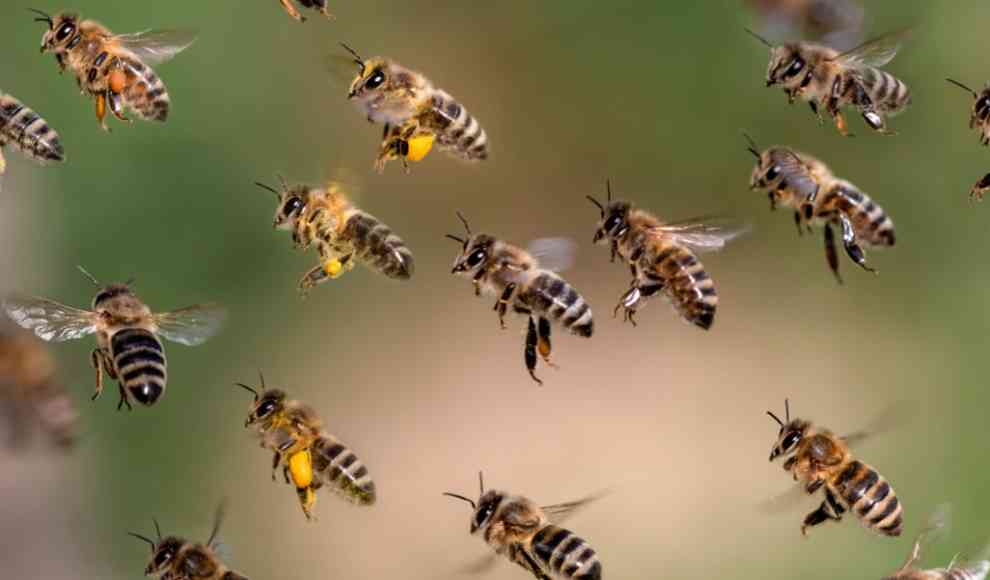In a surprising discovery, British researchers have found that honeybees can generate an electric charge of up to 1,000 volts per meter when in a swarm. This field strength surpasses even that of thunderclouds and electrically charged dust storms. The findings could help to better understand the communication and behavior of bees. The discovery was accidental, as the researchers were conducting meteorological measurements at a field edge when they noticed a sudden increase in atmospheric electrical charge. Upon further investigation, they found that the increase in charge coincided with the swarm time of neighboring western honeybee colonies. This suggests that the electric charge may be related to bee behavior and could contribute to the study of bee communication.
To test their hypothesis, the researchers installed additional measurement stations near bee colonies and were able to replicate the measurements when swarming bees flew by, generating electric field strengths of 100 to 1,000 volts per meter. The discovery is remarkable as such voltage had never been documented before in swarming bees. The data showed that the strength of the electric field depends on the density of the swarm, with denser swarms generating stronger electric fields. This observation suggests that the electric charges of bees may help to promote the cohesion of bee swarms.
While some research suggests that the electric charge of bees is generated randomly through friction between bee wings and air, it is unclear whether it has any concrete benefits for the bees, such as in food search. Furthermore, it is still unclear whether swarms of other animal species or even collections of microbes can generate similar electric fields. Further research is needed to answer these questions. The study’s results could help to better understand the behavior of bee swarms and their communication.










